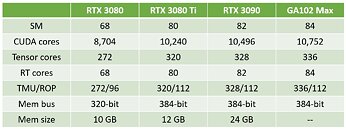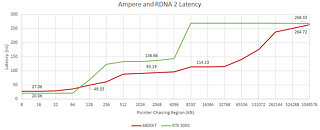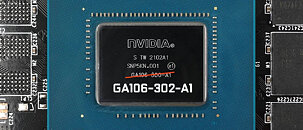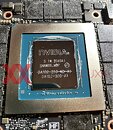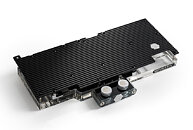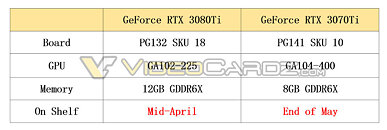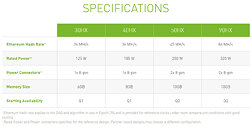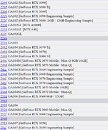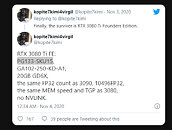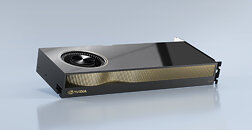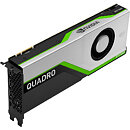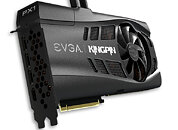
Possible NVIDIA GeForce RTX 3080 Ti Launch Date Surfaces
NVIDIA is likely to launch its upcoming GeForce RTX 3080 Ti high-end graphics card on May 18, 2021, according to a Wccftech report citing a reliable source on Chinese tech forums. May 18 is when the product could be announced, with reviews going live on May 25, followed by market availability on May 26, according to this source.
NVIDIA is likely designing the RTX 3080 Ti to better compete against the Radeon RX 6900 XT. Based on the same 8 nm GA102 silicon as its RTX 3080 and RTX 3090, this SKU will be armed with 10,240 CUDA cores, 320 Tensor cores, 80 RT cores, 320 TMUs, 112 ROPs, and the chip's full 384-bit wide GDDR6X memory interface, holding 12 GB of memory running around 19 Gbps, according to VideoCardz. NVIDIA is expected to price the card competitively against the RX 6900 XT. AMD, meanwhile, has refreshed the RX 6900 XT with higher clock-speeds, released as special SKUs through its AIB partners.
NVIDIA is likely designing the RTX 3080 Ti to better compete against the Radeon RX 6900 XT. Based on the same 8 nm GA102 silicon as its RTX 3080 and RTX 3090, this SKU will be armed with 10,240 CUDA cores, 320 Tensor cores, 80 RT cores, 320 TMUs, 112 ROPs, and the chip's full 384-bit wide GDDR6X memory interface, holding 12 GB of memory running around 19 Gbps, according to VideoCardz. NVIDIA is expected to price the card competitively against the RX 6900 XT. AMD, meanwhile, has refreshed the RX 6900 XT with higher clock-speeds, released as special SKUs through its AIB partners.

